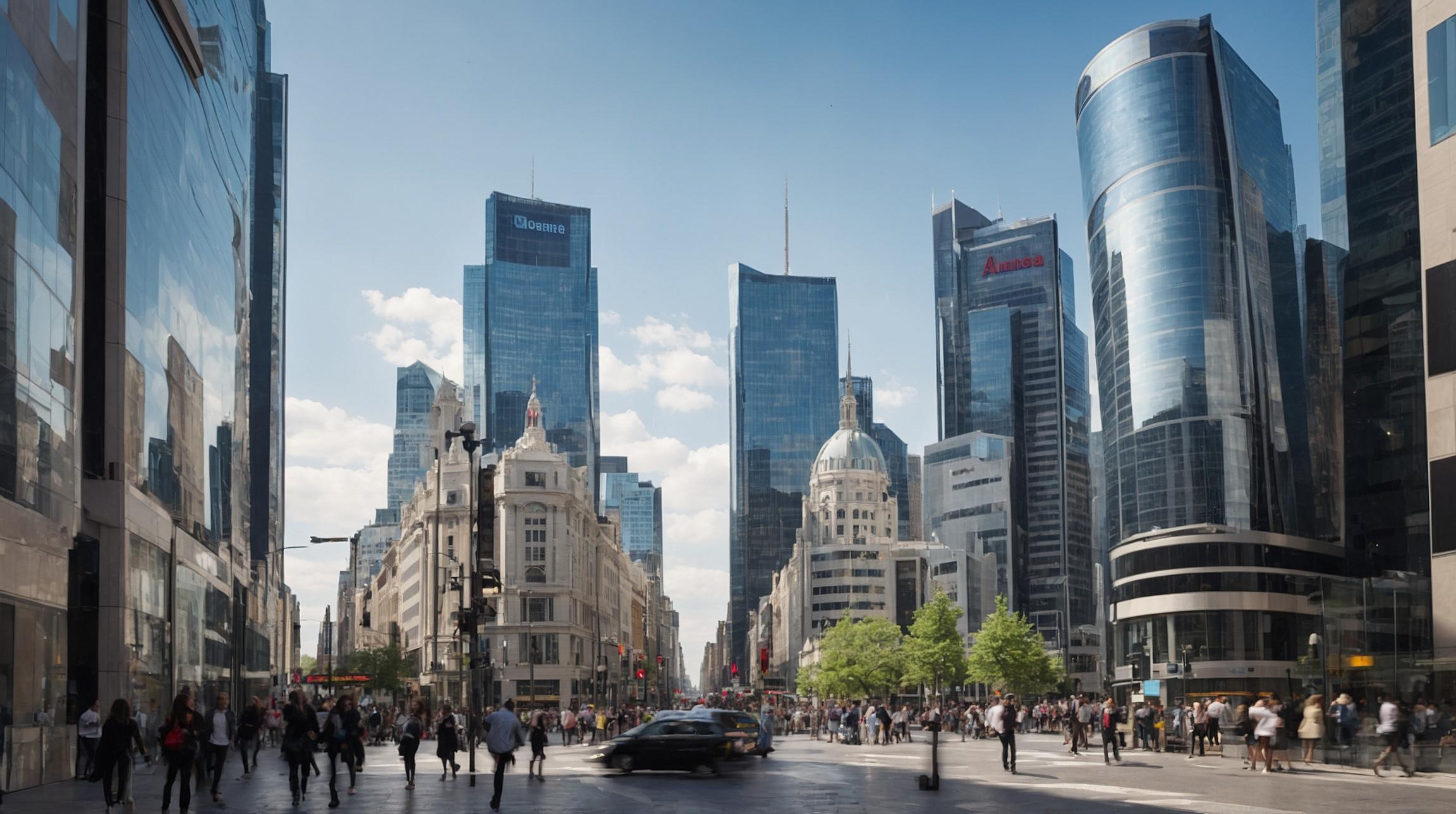AI Technology Used in Hull to Improve Traffic Flow
The city of Hull in the UK has embarked on a new scheme utilizing artificial intelligence (AI) to address traffic congestion. By analyzing data captured during peak rush hours, the technology aims to optimize traffic flow on major roads in and out of the city. The method involves computer software adjusting the sequencing of traffic lights to enable smoother vehicle movement. With hopes of reducing congestion and enhancing air quality, officials are confident in the potential of this cutting-edge solution.
Trial Phase and Objectives
The scheme, which was announced in the summer and implemented for the first time in December, is viewed as a crucial step towards improving overall transportation in Hull. Councillor Mark Ieronimo, the portfolio holder for roads, highways, and transportation at Hull City Council, explains that the initiative is in direct response to public demand. Congestion and traffic have been identified as key areas where the public expects improvement. Ieronimo emphasizes the significance of addressing journey times while simultaneously working towards better environmental and health outcomes.
Targeted Roads and Future Expansion
Selected roads within Hull including County Road, Spring Bank, Cottingham Road, Freetown Way, and Anlaby Road are currently being subjected to the trial. The scheme aims to analyze the effectiveness of AI-based traffic management on these specific routes. If successful, this project could serve as a model for potential expansion in other areas of the city. The trial period is set to extend until 2025, enabling thorough evaluation and the fine-tuning of this innovative traffic optimization system.
Enhancing Efficiency with AI
Keith McCabe, the CEO of Simplifai Systems, a company collaborating with the council on this project, highlights the speed of AI technology in generating accurate traffic models. By harnessing the power of AI, traffic data can be transformed into valuable insights within minutes, streamlining the decision-making process for traffic management authorities. This efficiency, in contrast to traditional methods that might require days to compile comprehensive traffic models, offers a significant advantage in addressing the dynamic challenges of traffic congestion.
A Promising Solution for Hull’s Traffic Woes
With the implementation of AI technology, Hull is taking a bold step towards alleviating traffic congestion and enhancing the overall quality of transportation. By optimizing traffic light sequencing based on real-time data, this innovative scheme has the potential to significantly improve traffic flow. As the trial period continues until 2025, experts will closely monitor the system’s performance and evaluate its impact on congestion reduction and air quality. The success of this project in Hull could serve as a blueprint for other cities grappling with similar challenges, offering hope for a more efficient and eco-friendly future.
Analyst comment
Positive news: AI technology is being used in Hull to improve traffic flow and reduce congestion. The scheme aims to optimize traffic light sequencing based on real-time data, potentially significantly improving traffic flow. The trial period will continue until 2025, allowing for thorough evaluation and fine-tuning. If successful, this project could serve as a model for other cities facing similar challenges. Less than 300 characters: AI technology in Hull to improve traffic flow, reduce congestion, and enhance transportation. Potential for expansion if successful. Thorough evaluation until 2025. Blueprint for other cities.













